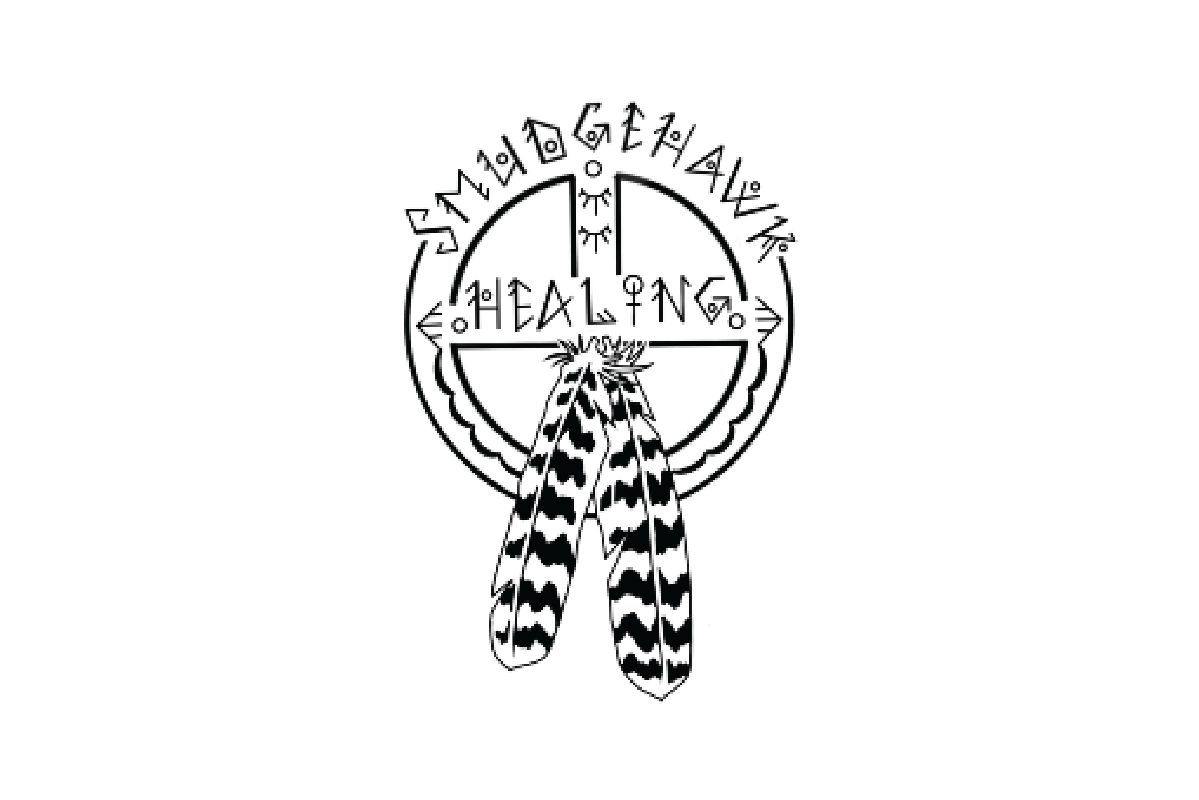Recover with Peace of Mind
Here, you'll find helpful information about what to expect after surgery, information on post surgery MLD, and simple ways to support your recovery at home.
You are not alone in this porcess. With the right support, your body can heal beautifully, and you can move forward feeling lighter, stronger, and more confident each day.
What to Expect After Surgery
The Healing Journey
4 Stages of wound Healing
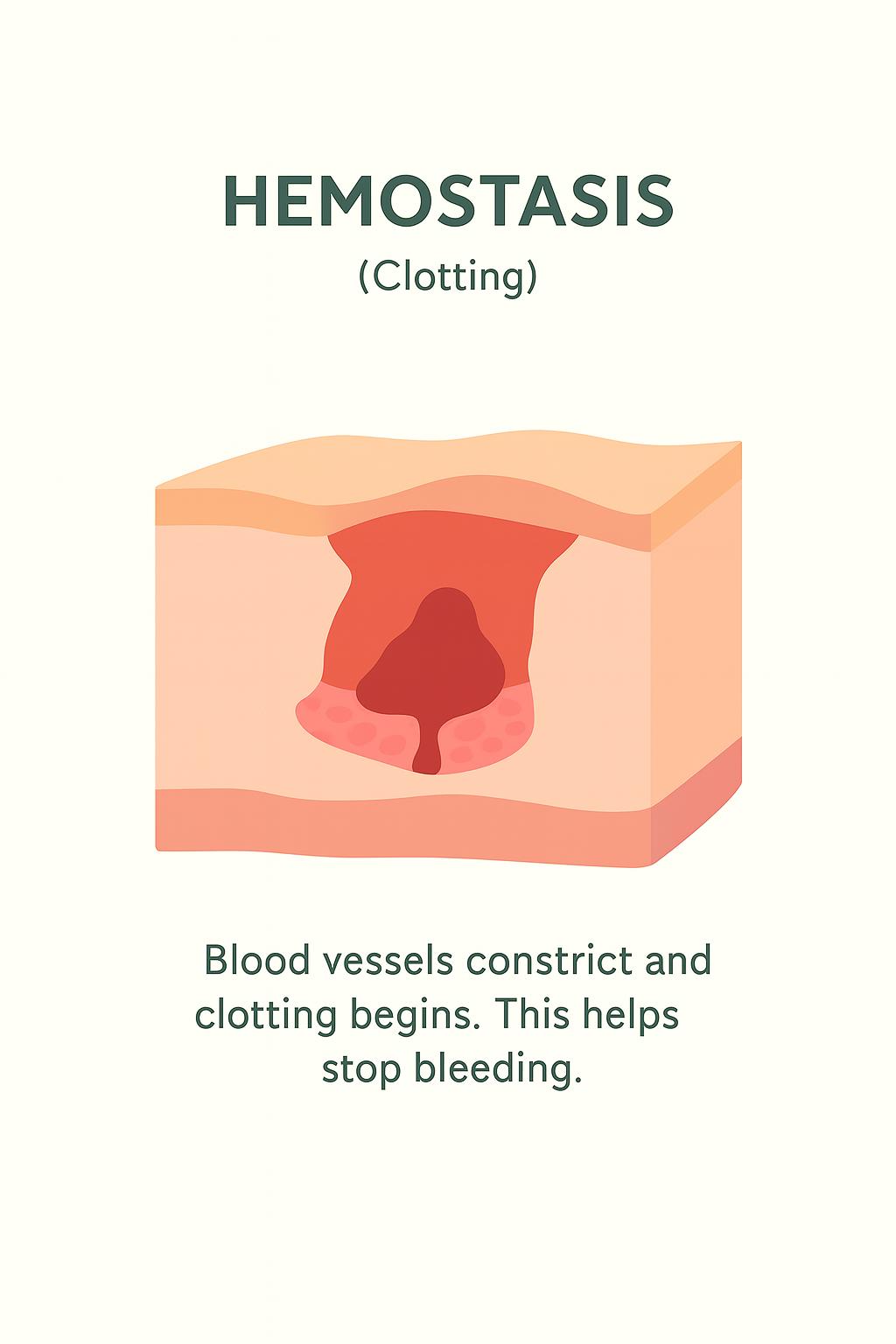
Stage 1 Hemostasis-Stopping the Bleeding
This stage begins immediately after the injury or surgery. The body works quickly to stop bleeding by forming a clot and sealing the wound. This creates the foundation for the healing process to begin.
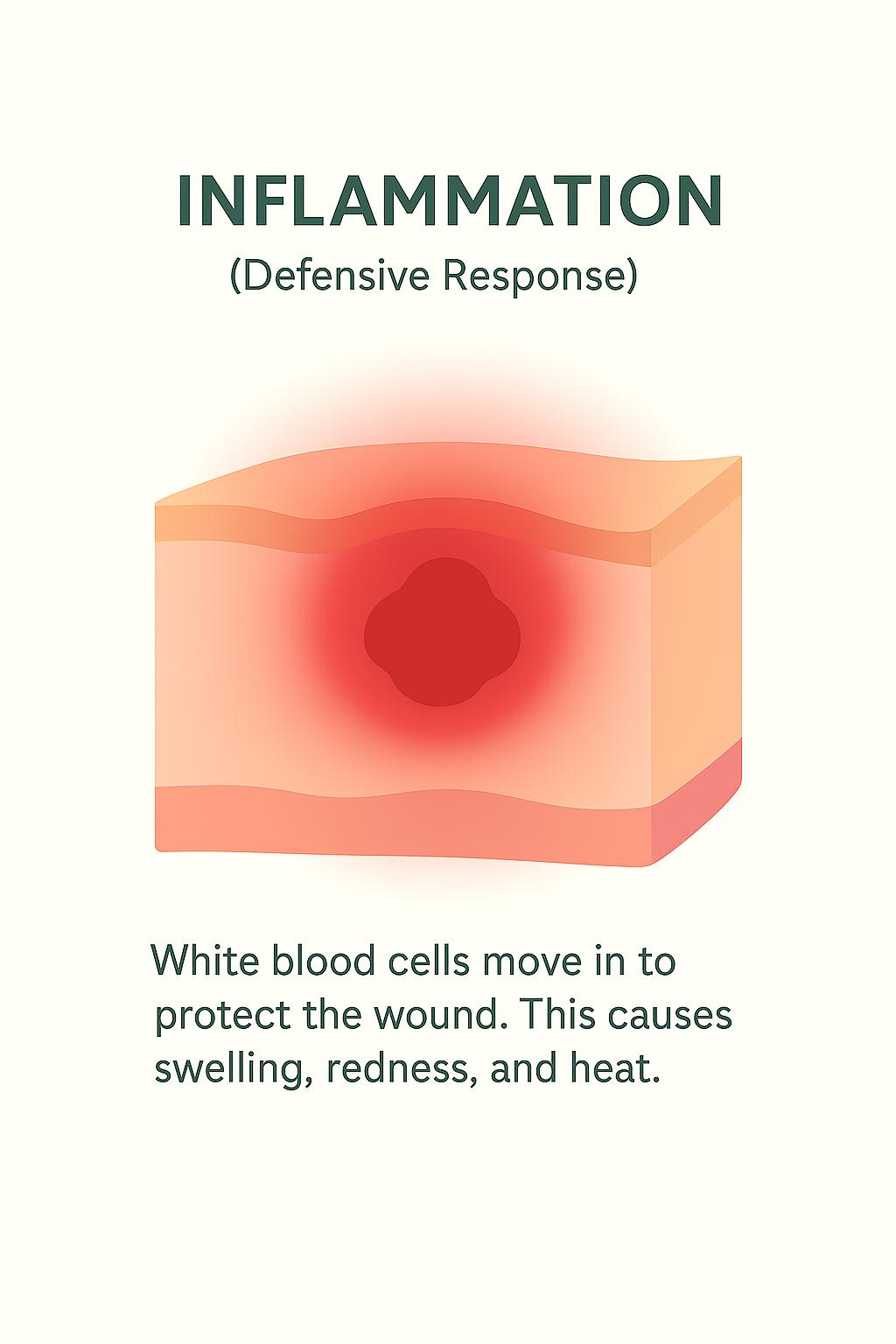
Stage 2
Inflammation
In the next few days, the body's immune system activates to protect the wound. You may notice swelling, warmth, and tenderness-this is your body's way of cleaning out damaged cells and preventing infection.
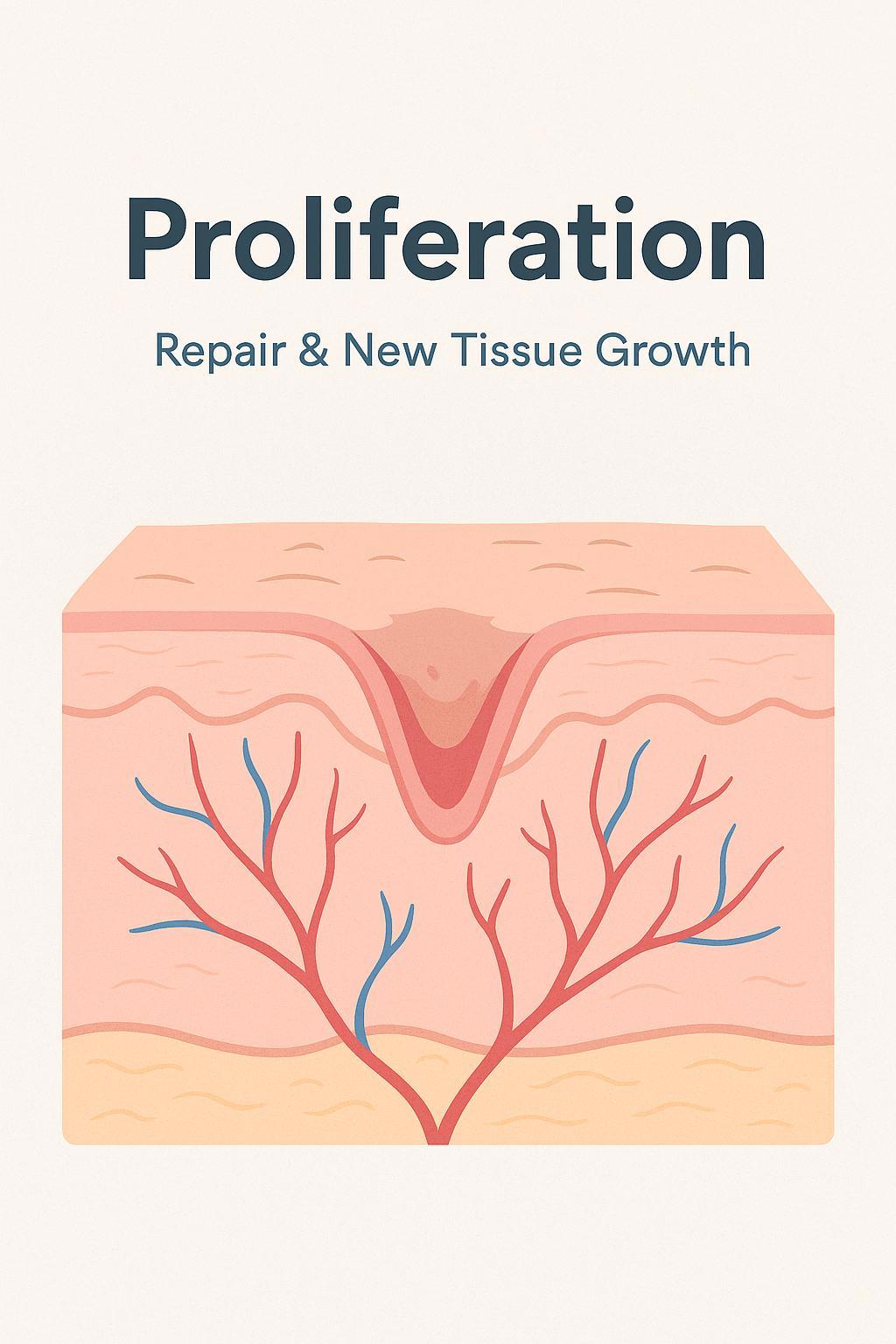
Stage 3
Proliferation (Repair & New Tissue Growth)
During this stage, new tissue, collagen, and tiny blood vessels begin forming to repair the wound. The area may look pink or feel tight as the skin starts to rebuild itself. (Please take note if the skin is dark or turning black-this is not normal).
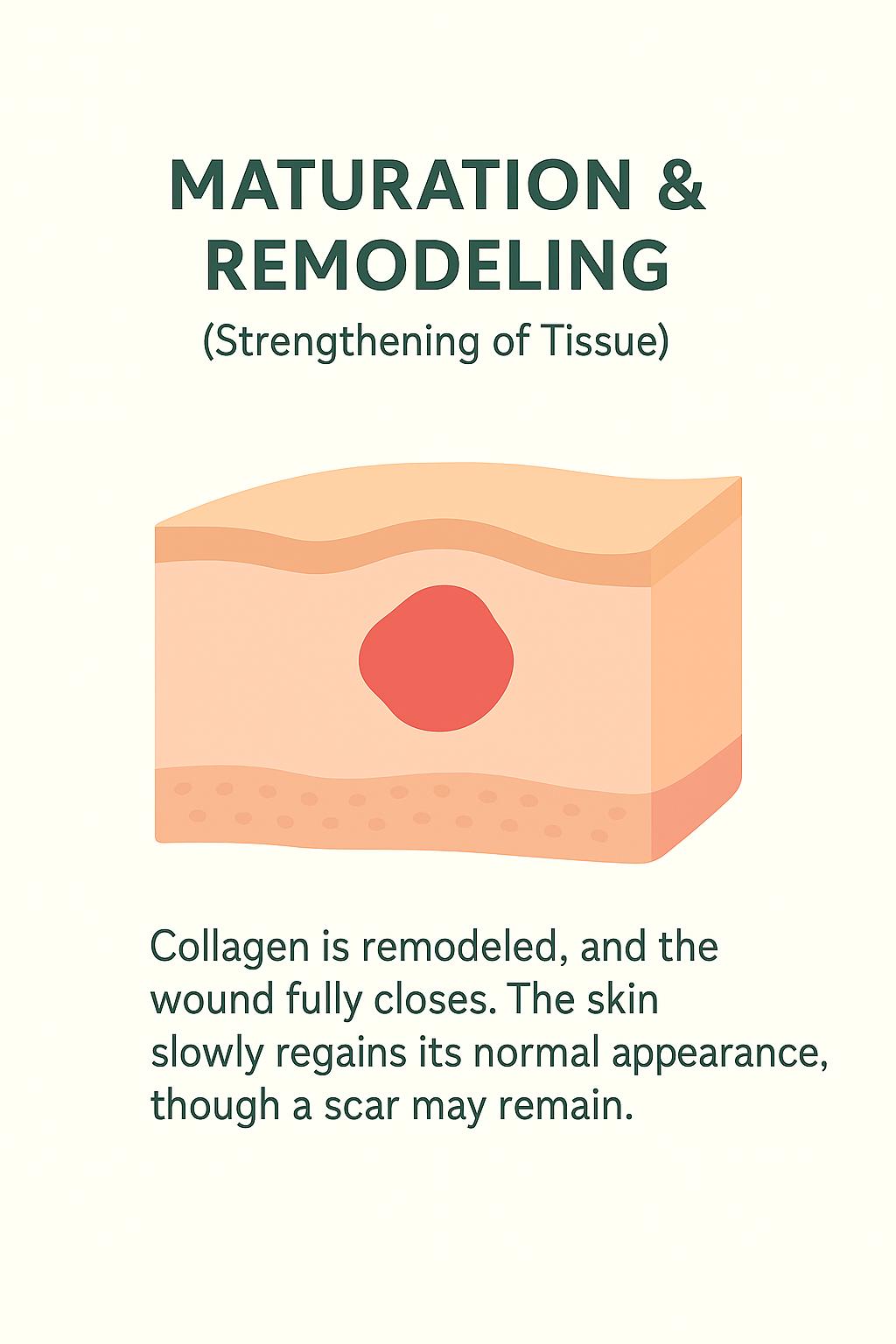
Stage 4
Maturation/
Remodeling
This final stage can last weeks, or months, as the new tissue slowly strengthens and becomes more flexible. The scar may fade in color and flatten over time, showing the body's incredible ability to restore itself.
Please remember every body is different and depending the amount of surgeries conducted at once-can extend the stages time frames significantly.
How Manual Lymphatic Drainage Supports Recovery in Each Stage of Healing

Stage 1
MLD is done once all incision areas are closed, and cleared by your surgeon.
MLD should not performed while drains are in. Also, lymphatic fluid should not be phsyically pushed out of body outside of your surgeon's office.
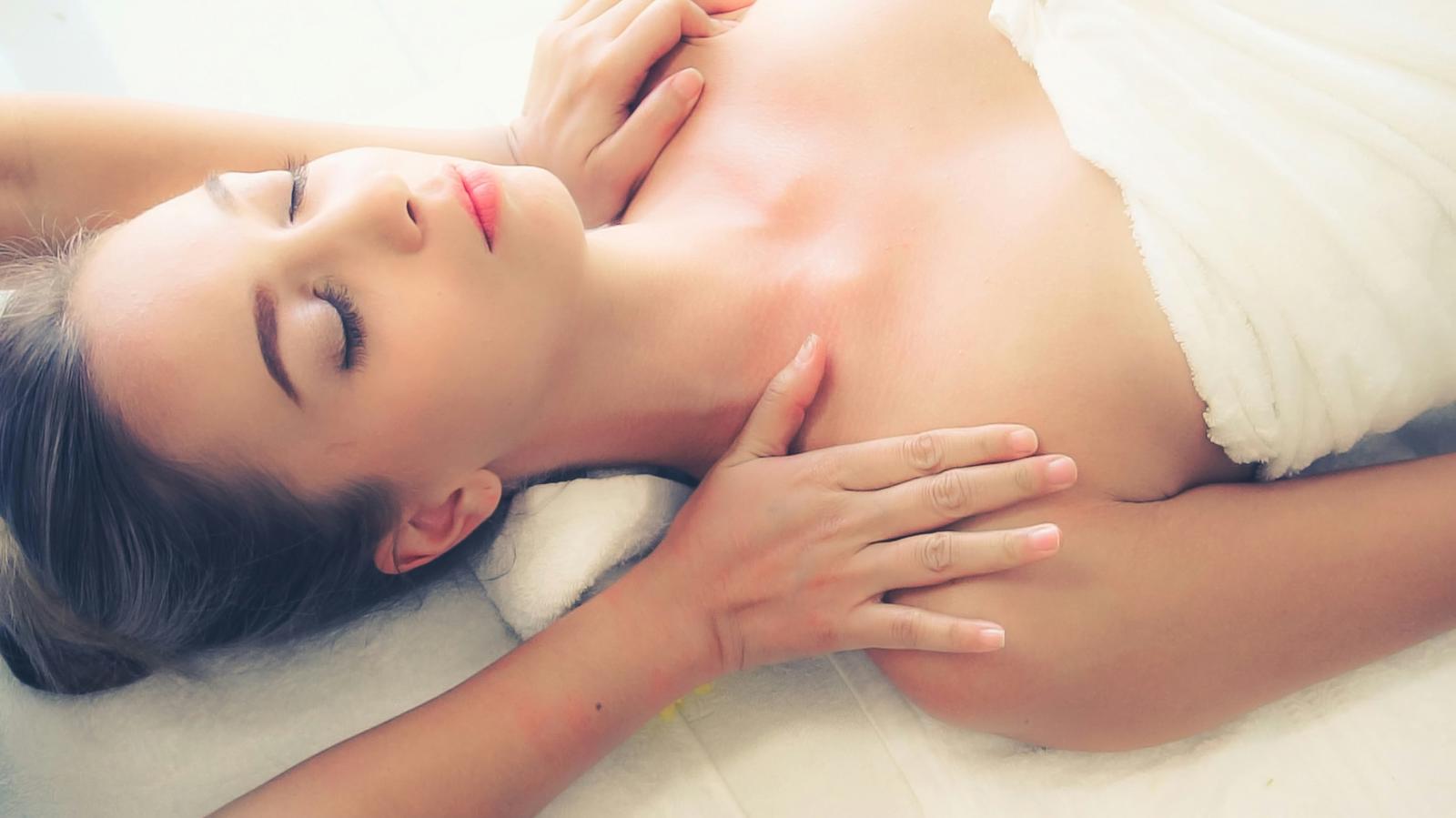
Stage 2
MLD helps by reducing excess fluid buildup, easing discomfort, and calming the nervous system so your body can focus on healing.
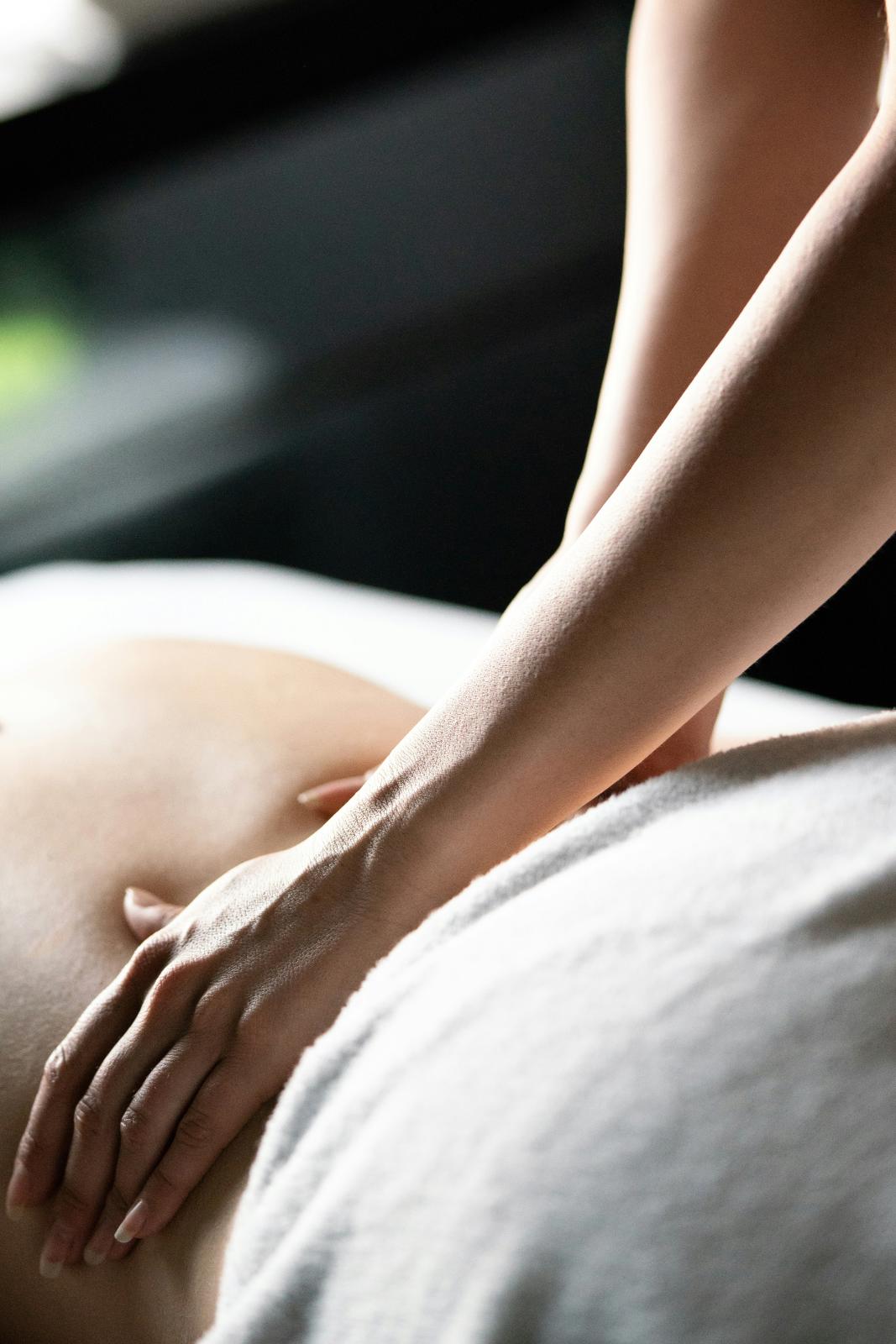
Stage 3
MLD improves circulation, increases oxygen delivery, and encourages healthy tissue growth to speed recovery.
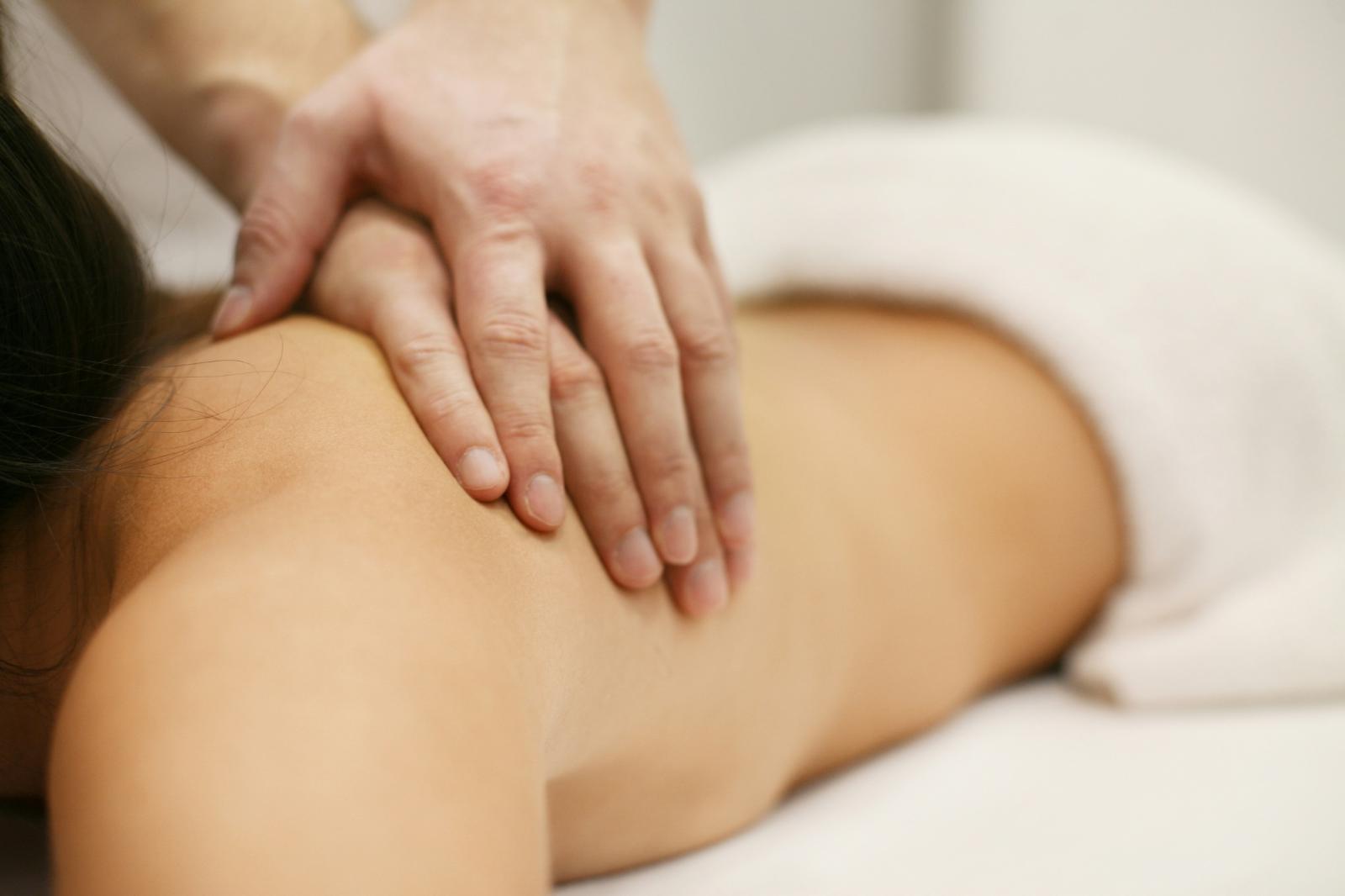
Stage 4
MLD helps reduce tightness, prevents long-term swelling or fibrosis, and supports smoother scar healing.
Does MLD Speed UP Recovery?
Yes!!
- When we are healthy, our bodies use movement like diaphragmatic breathing and muscle contratctions to move lymphatic fluid. Our lymphatic system does not have a pump like our cardiovascular system which is why it relies on muscle contractions.
- Manual Lymphatic Drainage massage can help move lymphatic fluid when clients are prohibited from engaging in vigorous exercise in the first weeks after surgery. "MLD effectively reduces swelling even before appropiate muscle movement and function can be restored" Klose, G. (2014)
Book Your Post-Operative MLD
Or call 210-876-6612 for a consultation
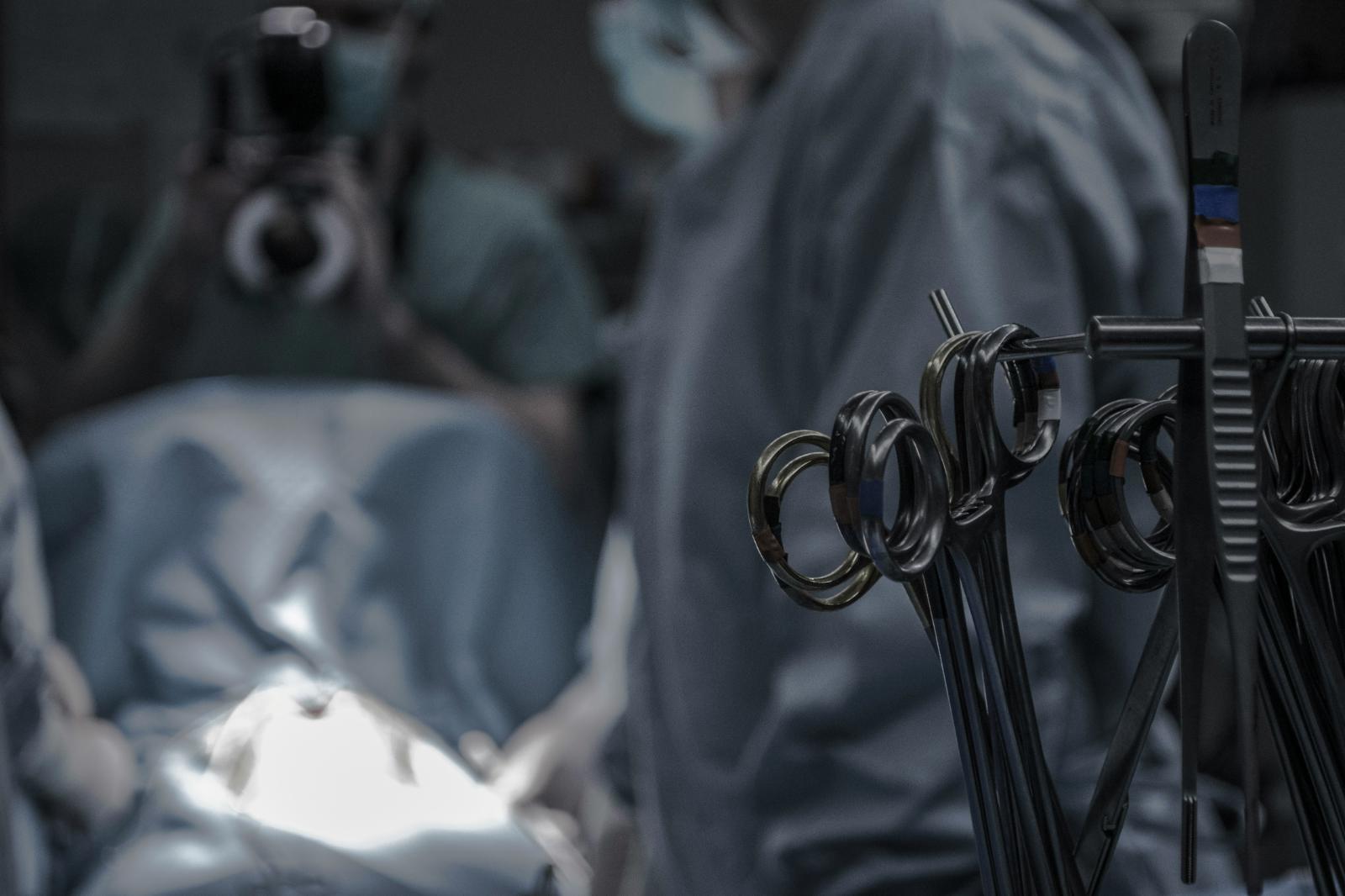
What to Expect After Surgery
Here you will find common experiences after major surgery
Healing after surgery is a gradual process that looks a little different for everyone. It’s normal to experience physical and emotional changes as your body adjusts and begins to repair itself. Knowing what to expect helps you stay calm, patient, and confident throughout your recovery.

Swelling and Bruising
Mild to moderate swelling is a normal part of your body’s natural healing response. It often peaks within the first few days, then slowly decreases over the following weeks. Tenderness or tightness around the surgical area is also common.
Manual Lymphatic Drainage (MLD) can help reduce swelling and ease discomfort once your doctor clears you for treatment.

Brusing and Discoloration
Bruising may appear around the surgical site and can shift colors as it heals — from deep purple to yellow or green before fading away. This is part of the body’s way of clearing out blood and waste products under the skin.
Gentle circulation, hydration, and rest all help the bruising process resolve naturally.

Fatigue and Low Energy
Your body is working hard to rebuild tissue and regulate inflammation, which can leave you feeling tired or emotionally sensitive. Don’t fight it — this is your body’s signal to rest and restore.
Allow yourself naps, quiet moments, and a slower pace without guilt.

Timeline of Recovery
Every surgery and every body is unique. Some clients feel improvement in a few weeks, while others may need several months for full recovery.
Patience is key — your body knows exactly how to heal when given time, rest, and care.
Recovery is not a race. It’s a partnership between you and your body. Give yourself permission to heal at your own pace — with compassion, consistency, and care.

Emotional Ups and Downs
It’s common to experience mood shifts, irritability, or even mild sadness after surgery. Physical healing uses a lot of energy, and your hormones may fluctuate during recovery.
Gentle breathwork, affirmations, and calm environments can help you feel grounded and supported.

Scar Formation & Tightness
As your incision heals, you might notice firmness, itchiness, or tightness in the area. This is normal scar tissue forming as your body strengthens the new skin.
MLD and light scar-tissue massage can support mobility, soften texture, and encourage smoother healing.
Factors Affecting Wound Healing
There are many factors that can slow down or impair your healing after surgery. I won't go into depth here, but I want to make you aware of some of the most common things that may affect your recovery.
*Poor circulation
*Infections
*Smoking or alcohol use
*Poor nutrition or dehydration
*Stress and lack of rest
*Certain medical conditions (Such as diabetes)
Medications- (like steriods or blood thinners)
By being mindful of these factors and supporting your body in positive ways, you can help create the best environment for your recovery.
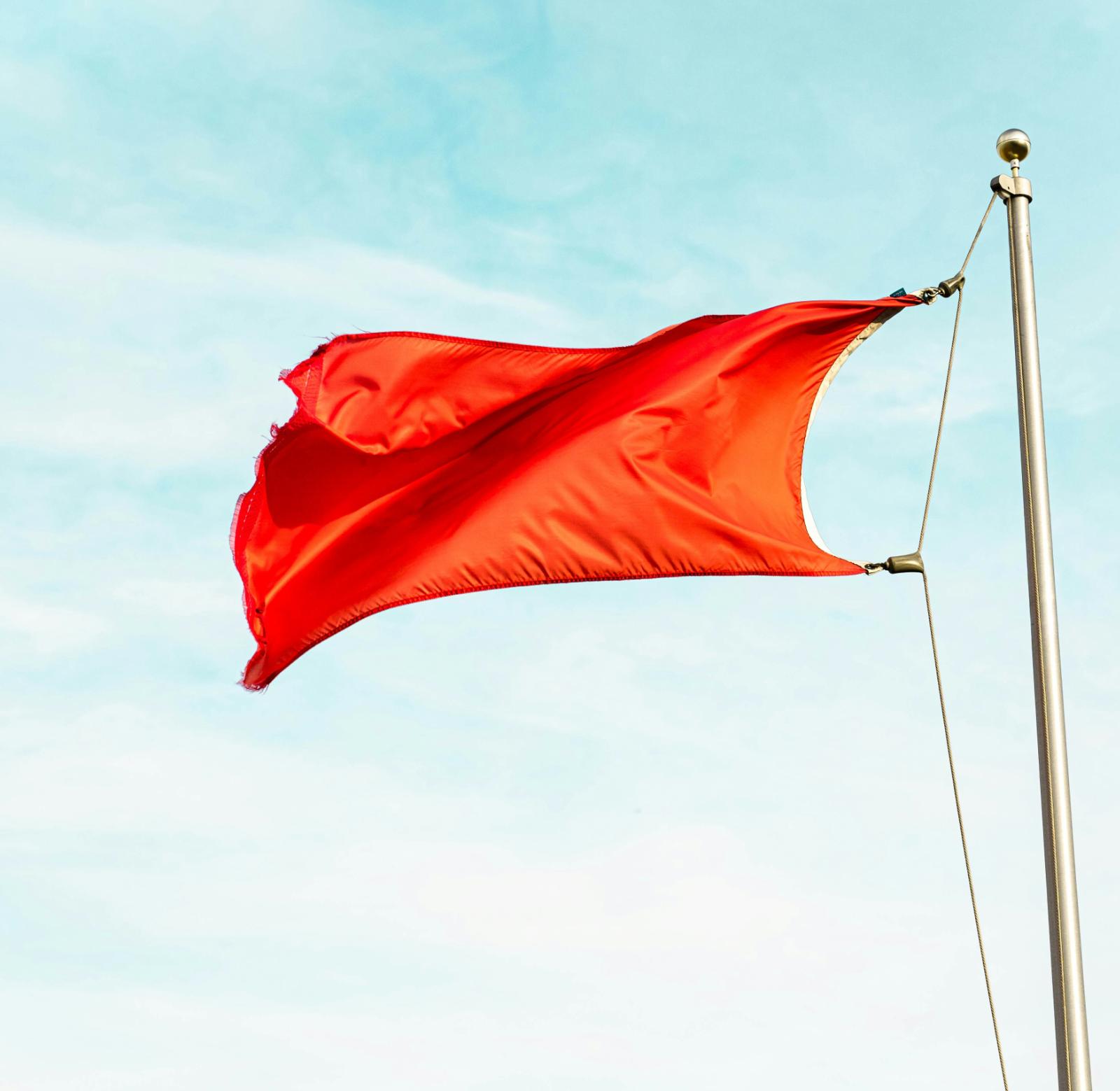
When to contact your doctor

WHILE SOME SWELLING, TENDERNESS, AND TIREDNESS ARE NORMAL AFTER SURGERY, CERTAIN SYMPTOMS NEED PROMPT MEDICAL ATTENTION. PLEASE CONTACT YOUR SURGEON OR HEALTHCARE PROVIDER RIGHT AWAY IF YOU NOTICE:
- Excessive swelling or sudden increase in swelling that does not improve
- Severe or worsening pain not relieved by prescribed medication
- Redness, warmth, or streaking spreading around the incision
- Pus or unusual drainage from the surgical site
- Fever or chills (temperature above 100.4 F/ 38 C
- Unusual odor coming from the incision or bandages
- Excessive bleeding or soaking through dressings
- Shortness of breath, chest pain, or difficulty breathing
- Allergic reaction signs such as rash, itching, or swelling of face/lips
- Numbness or loss of movement near or beyond the surgical area
If you are ever unsure, it's always better to call your doctor and get checked.
Self-Care Tips
Your body knows how to heal-give it what it needs. Follow these simple steps for quality recovery.
Disclaimer:
All information provided is for educational purposes only and is not a substitute for medical advice. Always follow the recommendations of your surgeon, physician, or healthcare team regarding activity level, medications, and recovery timelines.
Breathing Techniques for Healing
Gentle breathing helps reduce swelling, calm the nervous system, and support lymphatic flow.
Breathing Techniques
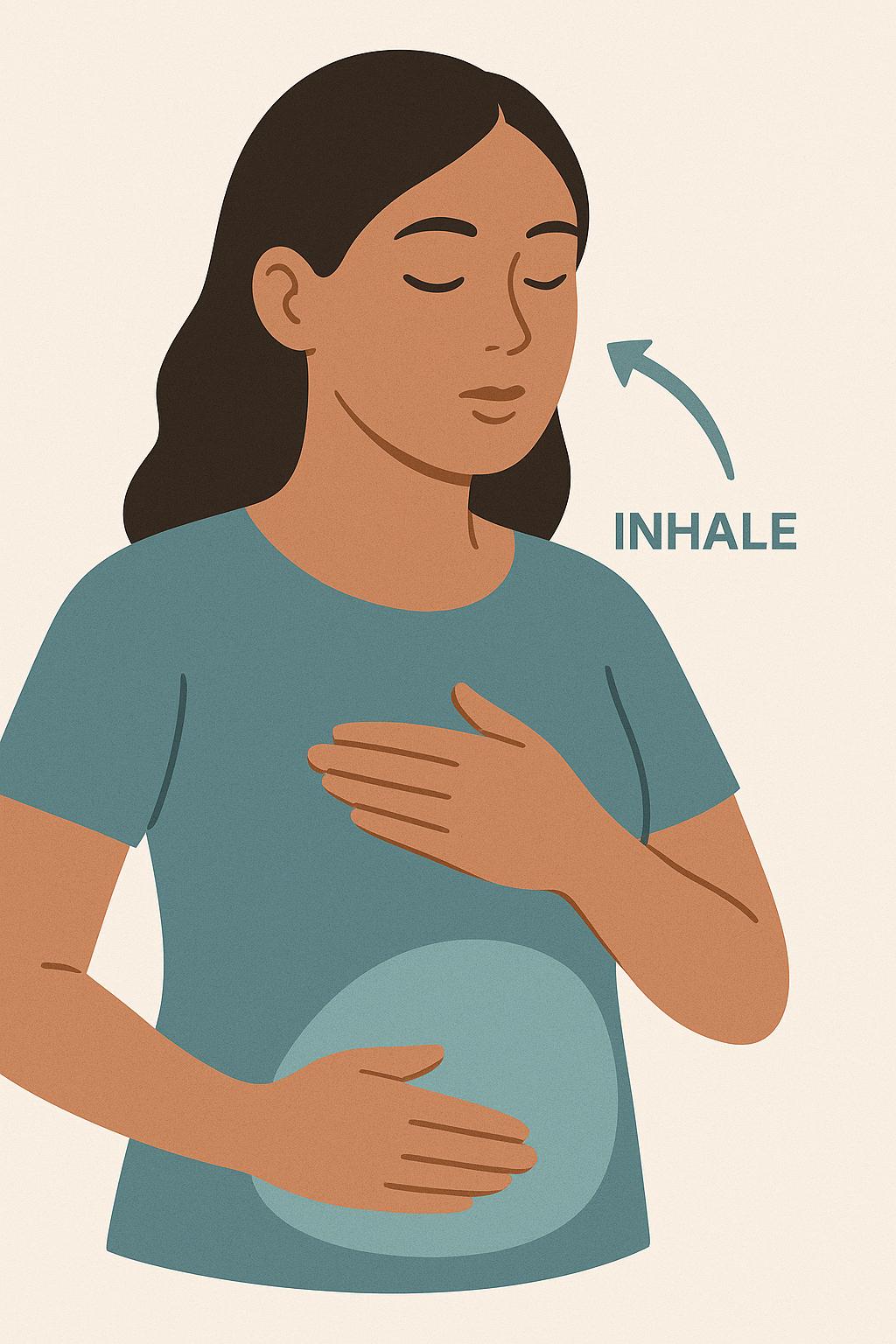
Diaphragmatic (Belly) Breathing
Purpose: Activates the parasymphathetic nervous system, improves lymph flow, and promotes relaxation
Box Breathing
Purpose: Reduces anxiety, helps regulate heart rate, and stabilizes breathing after anesthesia or trauma.
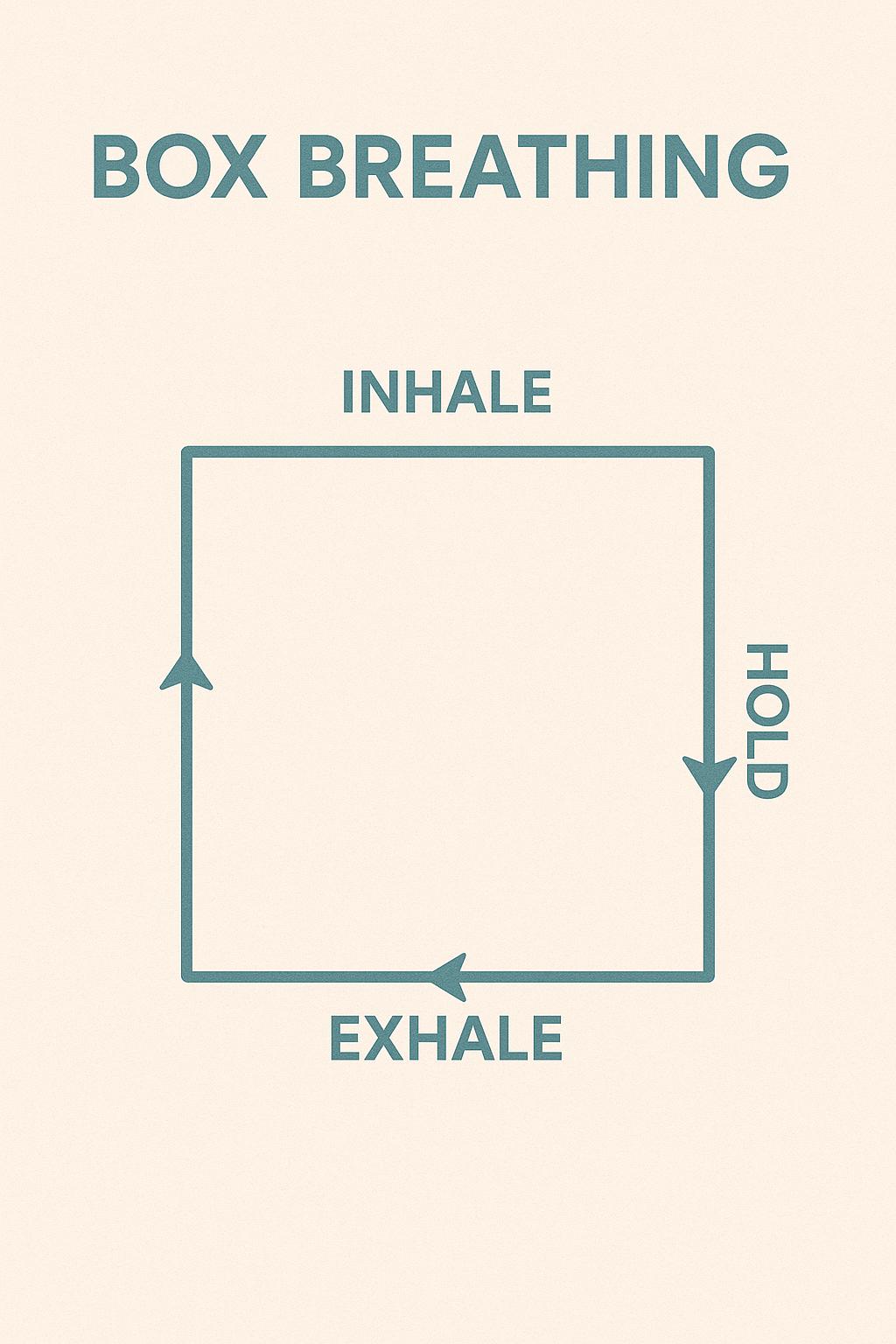
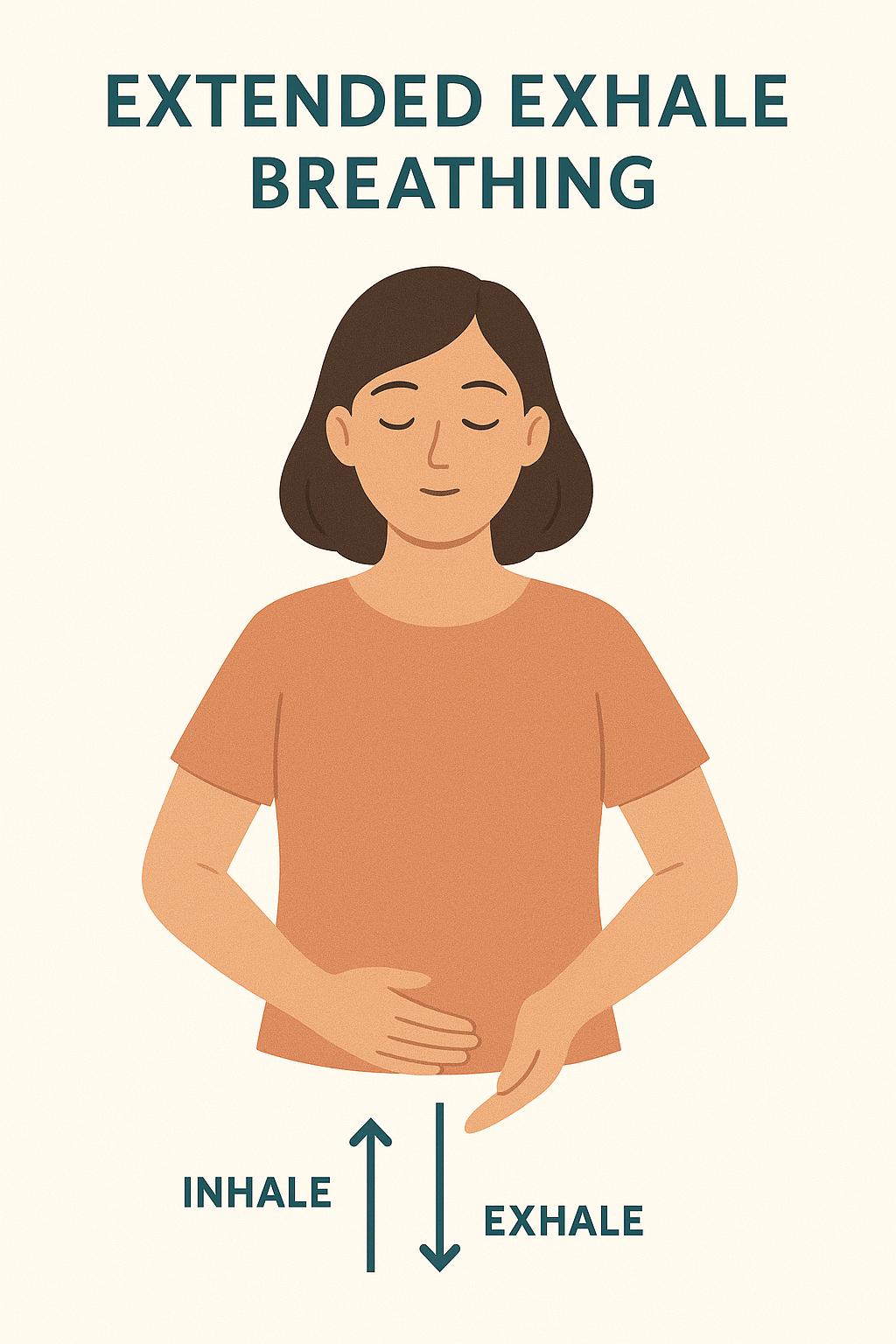
Extended Exhale Breathing
Purpose: Enhances lymphatic drainage, reduces inflammation, and supports pain control by lengthening exhalation.
4-7-8 Breathing
Purpose:
Promotes deep relaxation, helps ease pain-related anxiety, and supports better sleep by slowing the heart rate and calming the nervous system.
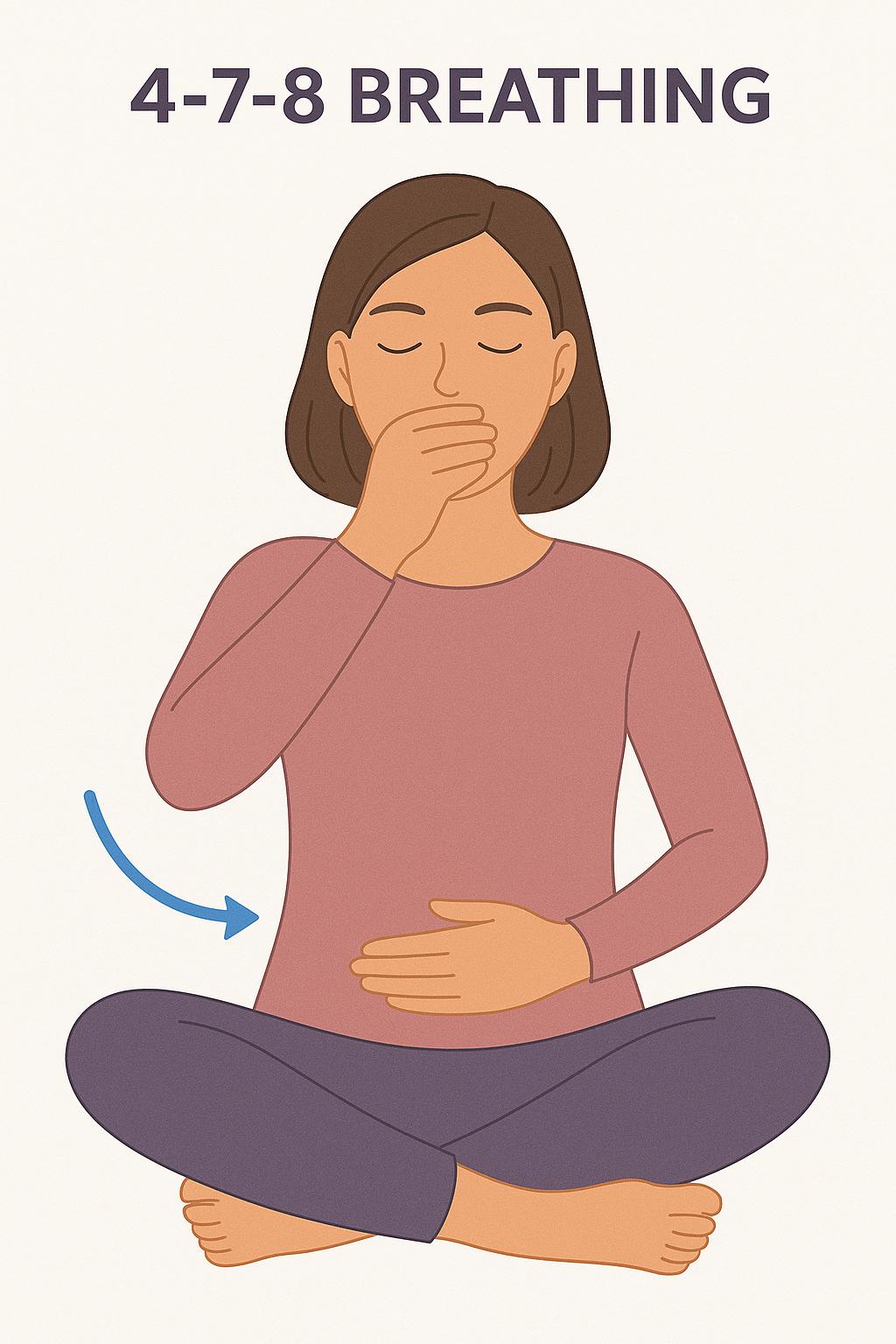

Hydration, Rest, and Nutrition Tips
Healing requires nourishment from the inside out. Supporting your body with water, rest, and balanced nutrition helps reduce inflammation, flush out toxins, and rebuild tissue more efficiently.
Hydration
- Aim to sip water consistently throughout the day—your lymphatic system depends on hydration to move fluids and waste.
- Add a squeeze of lemon or cucumber for gentle detox support.
- Herbal teas such as chamomile, ginger, or mint can soothe digestion and calm the nervous system.
- If cleared by your doctor, add electrolytes (sodium, potassium, magnesium) to support balance, especially if you’re sweating, draining, or fatigued.
- Avoid sugary drinks, sodas, or excessive caffeine, which can cause dehydration and slow healing.
Tip: Think of hydration as internal lymphatic support—every sip helps your system clear, calm, and recover.
Rest: Your Body Heals in Stillness
- Quality sleep is when your body regenerates cells and repairs tissue—try for 7–9 hours of deep, uninterrupted rest.
- Elevate the surgical area (if advised) to reduce swelling and promote drainage.
- Create a calm environment: soft lighting, gentle music, and no screen time at least 30 minutes before bed.
- Short naps during the day are okay—listen to your body’s cues without guilt.
Tip: Rest is not laziness—it’s active healing. Every peaceful moment allows your body to focus energy on repair.
Nutrition: Fuel for Recovery
- Focus on protein-rich foods (chicken, fish, eggs, beans, lentils) to rebuild tissue and support collagen production.
- Eat plenty of fruits and vegetables—especially those high in vitamin C (citrus, berries, bell peppers) and zinc (pumpkin seeds, nuts, seafood) to strengthen your immune system.
- Include healthy fats (avocado, olive oil, flax, salmon) to reduce inflammation and aid in cell repair.
- Avoid processed foods, alcohol, and excessive salt, which can increase inflammation and slow recovery.
- Eat smaller, balanced meals throughout the day to keep your energy stable and your digestive system gentle.
Tip: Think of every meal as medicine—nourish your body with foods that help it rebuild from within.
Light Movements and Stretches
Movement encourages healthy circulation, helps prevent stiffness, and supports lymph flow without straining healing tissues.
Disclaimer:
Only perform stretches, movements, or breathing exercises that have been cleared by your doctor or physical therapist.
Stop immediately if you experience pain, dizziness, tightness, or swelling.
Every body heals differently—move gently, breathe deeply, and never push past your comfort zone.

Shoulder Rolls
- Gently roll your shoulders backward in a slow, circular motion 5–10 times.
- Then roll forward 5–10 times.
- Helps ease tightness and promote upper body circulation.
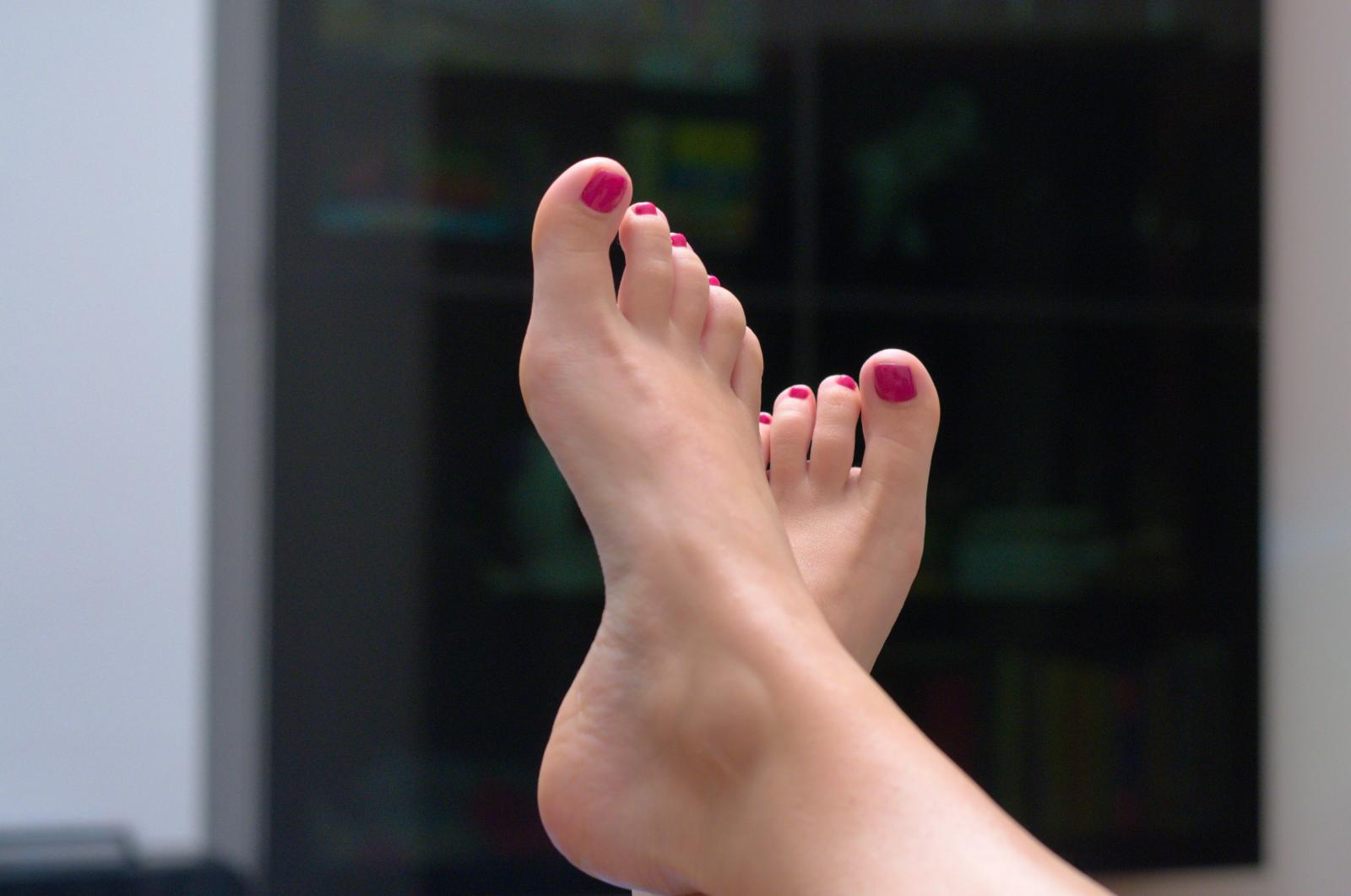
Ankle Circles
- While sitting or lying down, slowly rotate each ankle in one direction, then the other.
- Ankle Flections
- Helps prevent fluid buildup in the lower legs.
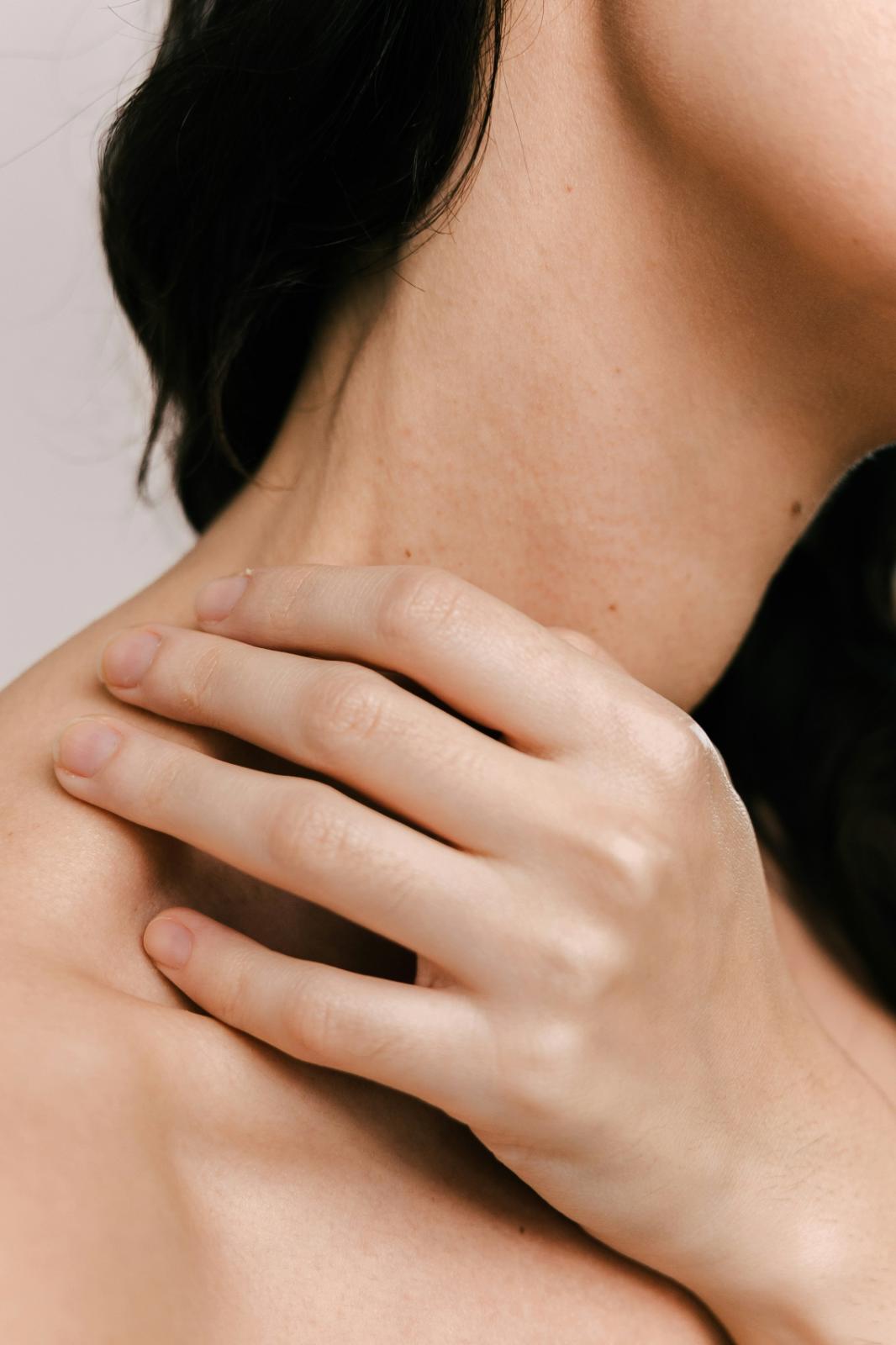
Neck Side Stretches
- Slowly tilt your head toward one shoulder, hold for a few seconds, and gently rub from the ear down to the collarbone a few time. then switch sides.
- Keep movements gentle, remember to breathe to release tension.
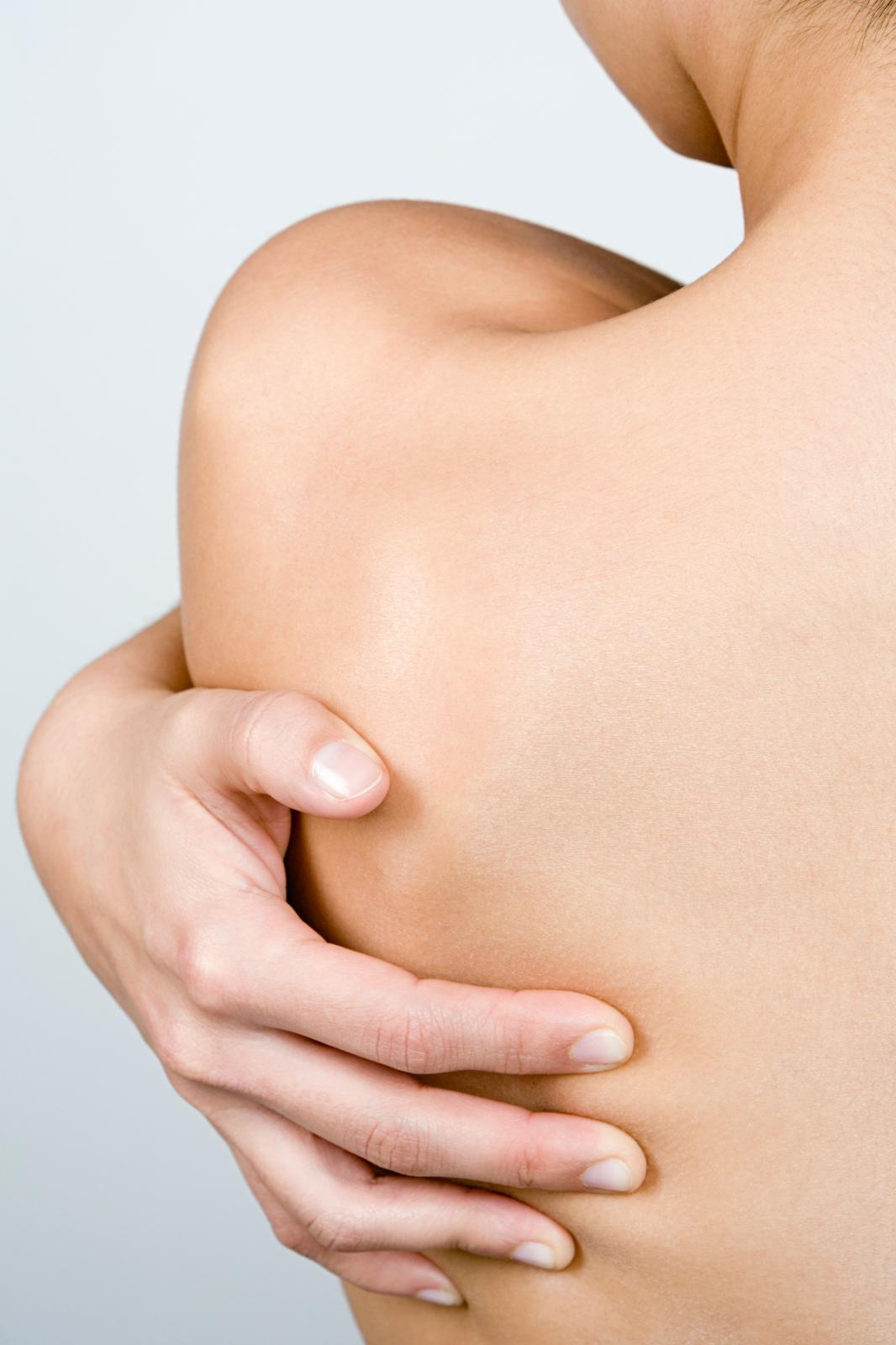
Arm Movements
- Gently raise them overhead and lower slowly.
- Open arms out like a hug and then bring arms back to body and wrap them around like an embrace.
- Encourages lymph movement and helps maintain range of motion.
Compression garments
Why they matter

Why Compression Matters
- Reduces swelling and fluid buildup: Helps the body reabsorb lymphatic fluid after surgery or MLD.
- Improves circulation: Encourages oxygen and nutrients to reach healing tissues more efficiently.
- Supports skin retraction: Keeps the skin close to the new contours of your body after procedures like liposuction or tummy tuck.
- Minimizes discomfort: Provides gentle pressure to reduce tenderness and give you a sense of stability.
- Aids scar healing: Can help reduce tension on incisions, promoting smoother scar formation.
How to Wear Compression Garments
- Follow your surgeon’s instructions for how long and how often to wear them — typically 24/7 for the first few weeks, then part-time as healing progresses.
- Make sure your garment fits snugly but not painfully tight. You should be able to breathe and move comfortably.
- Avoid rolling or bunching fabric, which can cause uneven pressure or irritation.
- Keep it clean: Wash your garment regularly with gentle soap and allow it to fully dry before wearing again to avoid skin irritation or bacteria buildup.
- Have a backup garment: Switching between two ensures continuous support while one is being cleaned.
Tips for Comfort & Skin Care
- Moisturize gently: Use fragrance-free, non-greasy lotion after MLD or showering to prevent dryness.
- Use padding if needed: Soft pads or liners can help distribute pressure evenly around tender areas.
- Listen to your body: If you experience numbness, tingling, sharp pain, or skin changes, remove the garment and contact your surgeon.
Compression garments are an extension of your healing routine—working hand in hand with Manual Lymphatic Drainage, hydration, and rest to help your body recover naturally and comfortably.
Emotional Support and Mindset
Taking care of your mental and emotional well-being helps your body heal more smoothly and keeps your spirit strong along the way.

Practice Mindfulness
Slow down your thoughts, the same way you slow down your breathing

Mindful Breathing
Mindful breathing calms the nervous system and supports lymphatic flow — it helps your body and emotions heal together.

Meditations
Take 5–10 minutes each day to close your eyes and breathe deeply. Find a place you can relax (at a park, quiet room, under a tree, in your car) and focus on the rise and fall of your abdomen.

Practice Stillness
3-5 minutes of intentional stillness can do wonders on the nervous system. Practice intentional stillness by setting aside a few quiet moments each day to sit, breathe deeply, release distractions, and simply observe your thoughts without reacting.

Journaling
Journaling can be a form of mindfulness because it encourages you to slow down, reflect on your thoughts and emotions without judgment, and stay present with your inner experience in the moment. Feel your feels.
Positive Self Talk & Affirmations

Here are positive affirmations you can use throughout your healing journey. Use them as a mantra during mindful meditation, in journaling, write on a post-it note and tape to your bathroom mirror, or however you want! Your words carry power-use them to craft a healthy recovery.
🌸 Post-Surgical Healing Affirmations 🌸
• My body knows how to heal, and I trust the process.
• Each day I grow stronger, calmer, and more at peace.
• Healing is happening within me right now.
• I am patient with my body as it recovers.
• Rest is not weakness; it is medicine.
• Every breath I take nourishes and restores me.
• My body is resilient, and I honor its pace.
Lymphatic Support Tools
Encourage gentle fluid movement, reduce swelling, and calm the body.
Disclosure
These at-home methods are intended as gentle self-care supports and should not replace professional Manual Lymphatic Drainage (MLD) or medical advice. Always consult with your healthcare provider or certified MLD therapist before beginning new routines, especially after surgery, illness, or injury.
To learn more about these tools or how to use them, book a MLD session at SmudgeHawk Healing today!
Book Now
You don't have to feel alone on your healing journey.
SmudgeHawk Healing is here.
Supporting your body’s natural healing after surgery.
